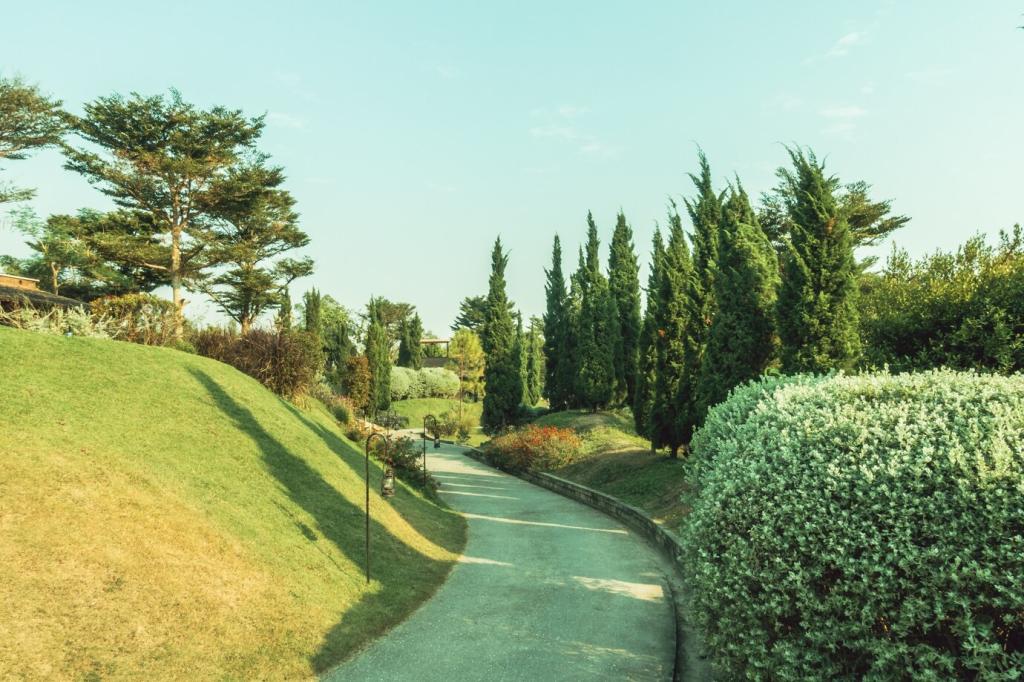
Shine Smarter: Energy-Efficient Outdoor Lighting Solutions
Chosen theme: Energy-Efficient Outdoor Lighting Solutions. Explore practical ideas, inspiring stories, and science-backed tips to save power, protect the night sky, and make every evening outdoors safer, calmer, and more beautiful. Subscribe and join the discussion as we rethink how to light the night efficiently.
The Fundamentals of Energy-Efficient Outdoor Lighting
LEDs deliver dramatically higher lumens per watt than halogen or incandescent, turning electricity into light instead of heat. A 12-watt LED flood can rival a 75-watt halogen, last many times longer, and maintain brightness across seasons. Tell us which older fixtures you’re ready to retire.
The Fundamentals of Energy-Efficient Outdoor Lighting
Forget wattage as a brightness proxy; lumens show real light output, while beam spread dictates coverage and intensity. Narrow beams create punchy accents on trees or art, while wider beams gently wash patios. Share your fixture specs, and we’ll help tune placement for maximum efficiency.



Designing an Efficient Outdoor Lighting Plan
Layered design prevents overlighting and improves comfort. Use low-level path lights for guidance, subtle wall washes for ambiance, and tight spotlights for focal points. One reader, Marta, cut wattage by half after mapping zones first, then placing only the light truly needed.
Designing an Efficient Outdoor Lighting Plan
Motion-activated lighting delivers brightness only when someone approaches, while photocells align operation with sunset and sunrise automatically. Combine both to slash runtime hours without sacrificing safety. What schedules have worked for your gate, driveway, or yard? Post them so others can copy your smart setup.
Choosing Reliable Solar Fixtures and Panels
Look for monocrystalline panels, replaceable batteries, and metal housings with weather seals. Oversized panels relative to load improve winter performance, while adjustable tilt maximizes harvest. Comment with your model picks, and we’ll compile a reader-tested list that truly withstands tough seasons.
Battery Chemistry and Sizing for Night-Long Light
LiFePO4 batteries offer long cycle life and stable cold-weather performance, while NiMH can be cost-effective for light duty. Size capacity using watt-hours and consider winter derating of 30–50%. Share your runtime data so we can chart real-world performance across regions.
A Real-World Garden Path Success Story
A community garden replaced failing plug-in path lights with solar bollards, cleaning panels monthly and setting conservative brightness. After one season, energy costs hit zero and visitors praised the calm, even glow. Got a solar win or lesson learned? Tell us and inspire others.
Smart Controls for Maximum Outdoor Efficiency
Photocells and Astronomical Timers
Photocells trigger lights at dusk without guesswork, while astronomical timers follow seasonal sunrise and sunset times precisely. Try the proven schedule: on at dusk, off at midnight for ambiance, then motion-only until dawn. Share your latitude and timing for fine-tuned suggestions.
Motion-Activated Zones That Feel Magical
Create zones so walkways glow ahead of footsteps while patios rest dim. Tune sensitivity to ignore pets and sway-prone shrubs, and position sensors to cover approaches, not bedrooms. Tell us your favorite sensor placements; we’ll build a community map of reliable angles and heights.
Integrating With Home Automation Platforms
Zigbee, Z-Wave, and Wi‑Fi devices can report energy use, enable geofencing, and react to weather. Pre-light the driveway when your phone nears home, then fade to path mode after parking. Comment with your platform—HomeKit, Google Home, or Alexa—and we’ll share compatible gear ideas.

Full Cutoff Fixtures and Responsible Optics
Choose fixtures with zero uplight and strong shielding to eliminate skyglow and light trespass. Review IES BUG ratings to minimize backlight and glare. When beams are tightly controlled, you need fewer lumens for the same visual effect. Post your fixture picks for peer feedback.

Warm Light, Better Sleep, Fewer Bugs
Warmer 2200–2700K light reduces blue-rich emission that disrupts circadian rhythms and attracts insects. The result is calmer patios, cleaner entryways, and reduced energy since less intensity is needed. Tried swapping 5000K floods for warm shielded fixtures? Share your impressions and visitor reactions.

From Complaint to Compliment: A Neighborhood Case Study
One homeowner replaced glaring 5000K floods with 2700K full cutoff wall packs, cutting wattage by two-thirds. Neighbors stopped complaining and started asking for product links. Have you turned a lighting dispute into a win? Add your story and help others replicate the peace.
Costs, Maintenance, and Long-Term Sustainability
Replacing two 150W halogens running four hours nightly with two 18W LEDs saves about 0.528 kWh per night. At $0.15 per kWh, that’s roughly $28.90 per year—more with longer hours. Add sensor controls, and payback accelerates. Share your numbers for a custom savings snapshot.

